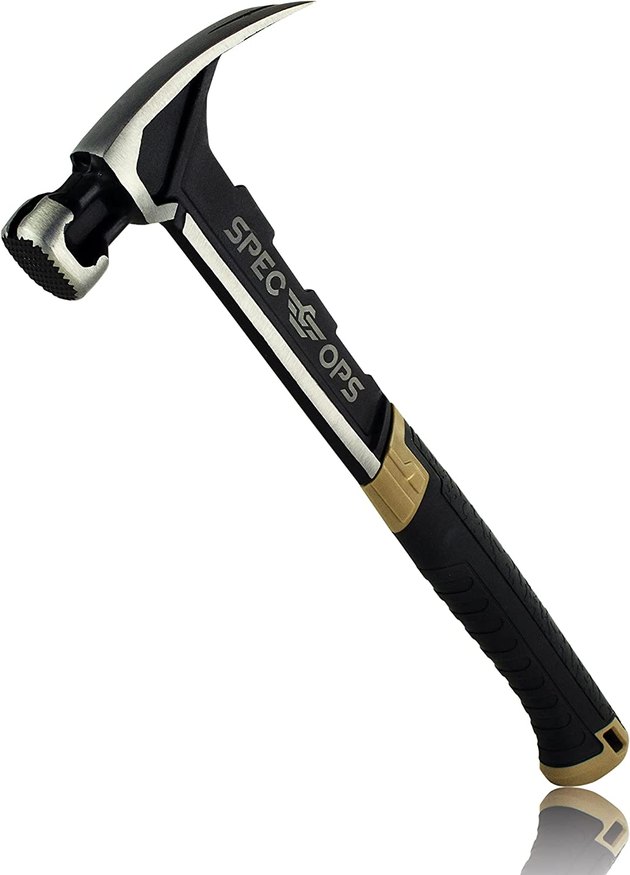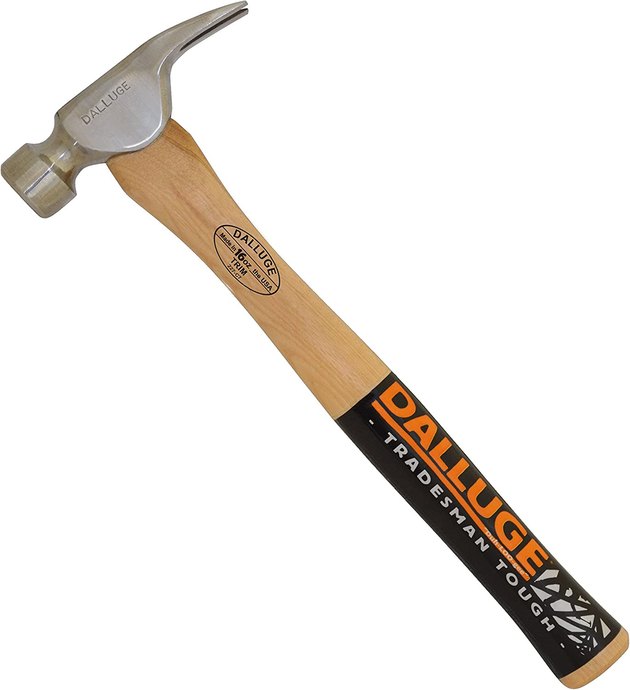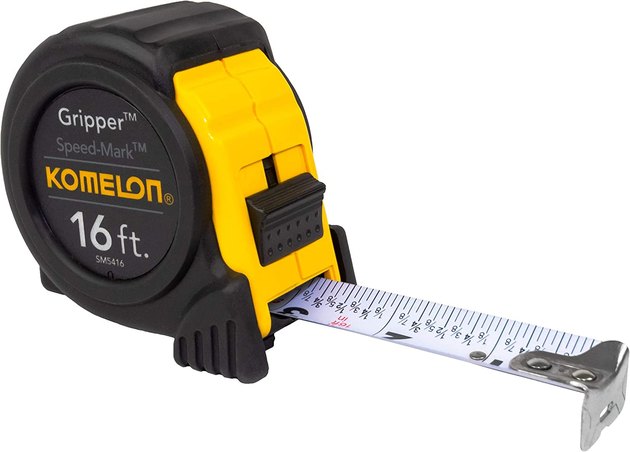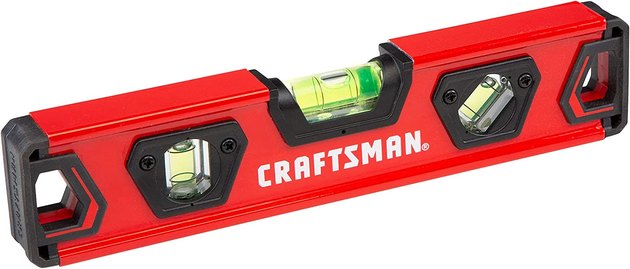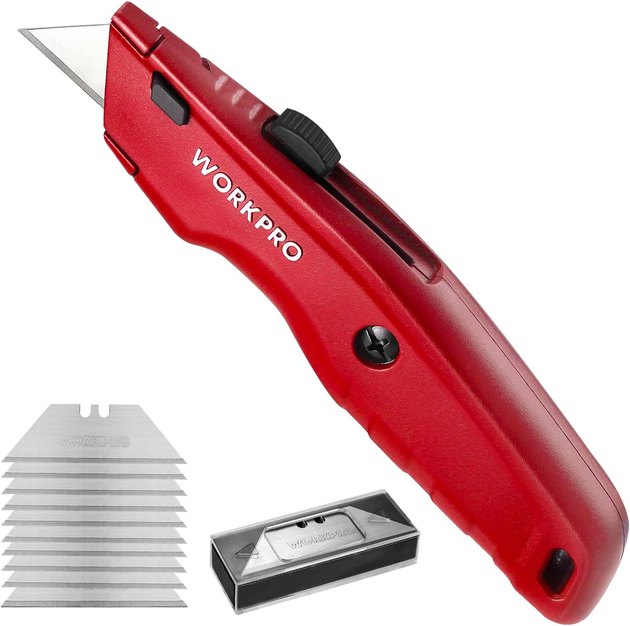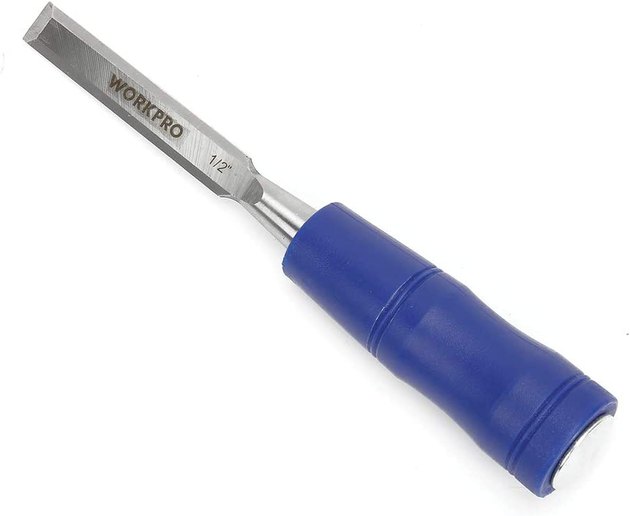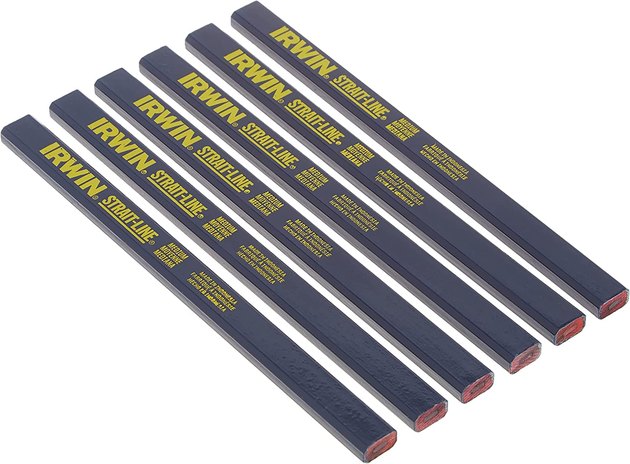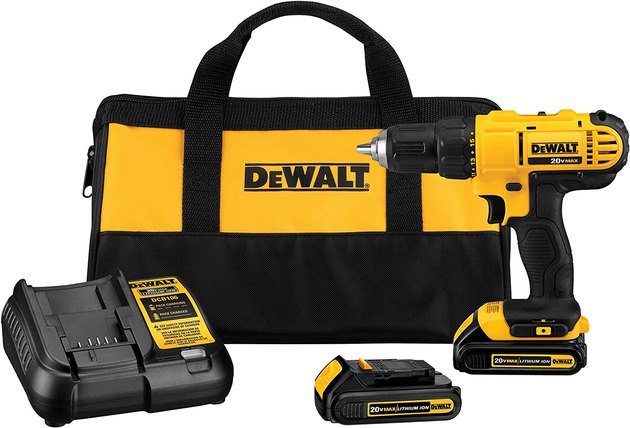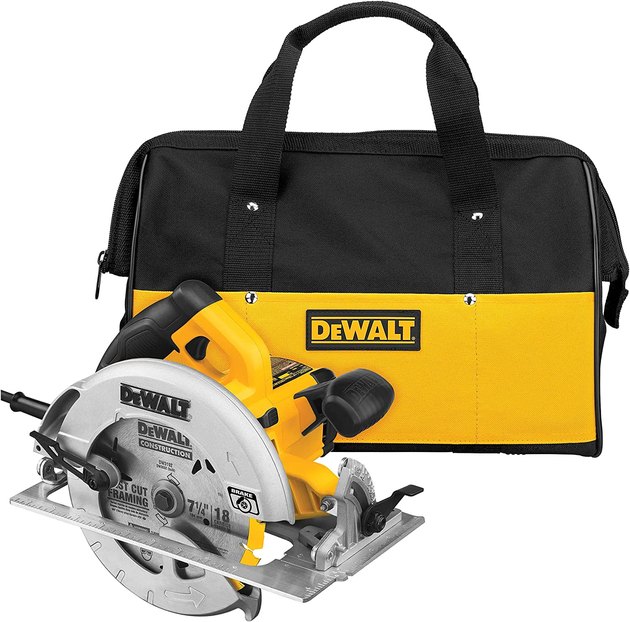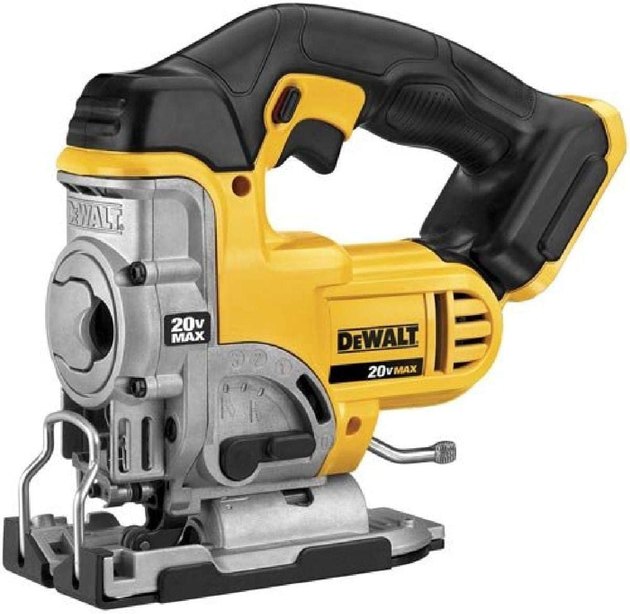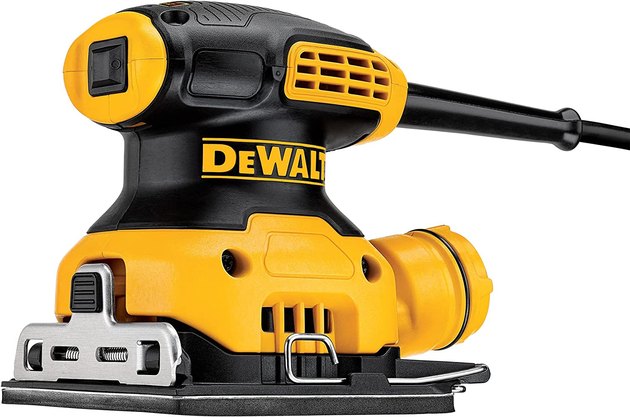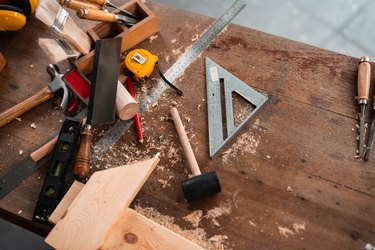
Whether you've been something of a carpenter for years or you're looking to get started on some DIY wood-working projects in your own home, one thing's for sure: You're going to need some tools. Here is our definitive list of essential carpentry tools (and their uses) that will help you complete almost any woodworking job you can throw at them:
Hammers
Video of the Day
Carpenters often need more than one hammer. These are the two standard types for carpentry work:
Video of the Day
1. Framing Hammer
Framing hammers are used for structural work. The head weighs from 20 to 24 ounces.
2. Trim Hammer
Trim hammers are used for more delicate trim work. The head weighs 16 ounces or less. These are also sometimes called a finish hammer.
Tip
A trim or finish hammer is frequently used with a nail set, a pointed punch-type tool for driving finish nails. After driving the nail most of the way in, you hold the pointed end of the nail set on the head of the nail then strike the blunt end of the nail set with the hammer to drive the nail home, driving it slightly below the wood surface to a finished look.
Pry Bars for Demo
Prying pieces of wood apart and extracting nails are jobs that require special tools, like the following:
1. Cat's Paw
About 6 to 12 inches long and is so named because its prongs are sharp like the claws of a cat. It is used for extracting nails.
2. Crow Bar
A crow bar is a long metal rod with a hooked end for major prying jobs.
3. Flat Bar
Sometimes called a wonder bar, flat bars are flattened out, smaller versions of a crow bar.
Tools for Measuring Distance and Angles
Every carpenter carries a selection of tools for making measurements. These are carpenter instruments with names that every pro recognizes:
1. Tape Measure
The standard tape measure for carpenters is a 25-foot steel tape. However, longer 100-foot tapes are needed for many outdoor projects like decks and fences.
2. Speed Square
A speed square is a right-angled triangle made of plastic or metal with and lip along the bottom edge for setting against board edges. One of the sides forming the 90-degree angle has ruler markings. The hypotenuse of the triangle has degrees marking for measuring and marking angles.
3. Framing Square
A framing square is a large L-shaped ruler used in roofing and framing. The long side is usually 2 feet in length.
4. Combination Square
A combination square is a small, adjustable square with a built-in spirit level.
Levels
Carpenters need a level to make sure a wall is straight (using a long level as a straightedge) or a table is level (perfectly horizontal) or a post is plumb (perfectly vertical). Here are two types of levels that you'll want in your toolkit:
1. Carpenter's Level
A carpenter's level is typically 2 or 4 feet long, with spirit-filled vials for checking level and plumb. Some also have a vial set at a 45-degree angle.
2. Torpedo Level
A torpedo level is about 6 inches long and is often kept in a carpenter's tool belt. Plumbers use these regularly, but they're also handy for carpenters.
Cutting Carpentry Tools
Carpenters use power tools to do most of their cutting, but occasionally they need to do it by hand. Some common cutting tools include:
1. Utility Knife
A sharp, retractable knife for cutting drywall, string, and other things.
2. Snippers
Anvil snippers have cutting blades and cut nails and wire. Tin snips have bypass blades and cut sheet metal, vinyl, and other materials.
3. Keyhole Saw
A pointed handsaw with a fine-tooth blade that can double as a hacksaw. It fits in the tool belt and has a number of emergency uses.
4. Chisel
Wood chisels are useful in trim carpentry to cutting hinge mortises and other fine work. In framing carpentry, chisels are handy for notching and shaving lumber.
Marking Tools
Carpenters need to draw cut lines and make marks when positioning items to be fastened. Here's what they use:
1. Carpenter's Pencil
A flat pencil with a dull point for making easy-to-see marks and lines.
2. Chalk Line
A retractable length of string in a chalk container for marking long, straight lines.
Power Tools
Battery-powered hand tools have become so efficient that they are virtually indispensable to carpenters. The ones you find most often on a job site include:
1. Drill
The power drill is used more often for driving and extracting screws than a screwdriver.
2. Circular Saw
Smaller and more maneuverable than a plug-in saw, circular saws are the go-to tool for straight cuts in lumber and plywood.
3. Jigsaw
A maneuverable, reciprocating saw for cutting curves.
4. Palm Sander
A small, orbital sander for shaping and smoothing wood.
